A Day in Ancient Rome: From Slaves to Senators
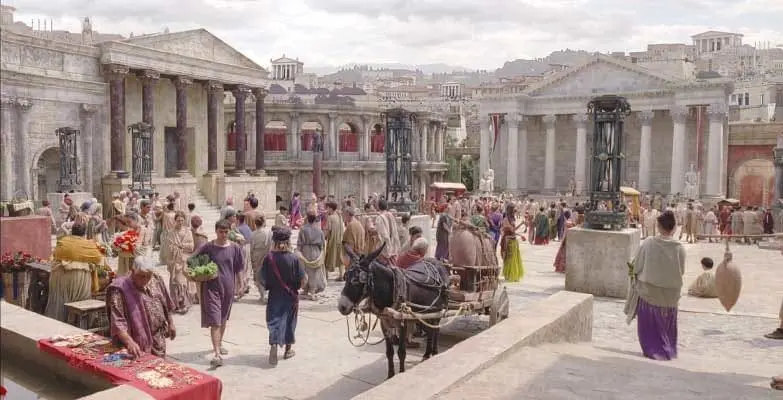
When we talk about the history of ancient Rome, we’re often told about the greatest feats of Julius Caesar or how Augustus became the first and longest-serving Roman emperor. What we don’t talk about much are the daily lives of the average Roman.
Ancient Rome was more than just its elite or its architecture. It was a city of millions—slaves, merchants, builders, senators—living very different lives under the same sky.
In Ancient Rome, the class you’re born into determined your daily routine, your opportunities, and even what you ate. A senator lived in luxury, while a slave might never own a pair of shoes. There wasn’t much in between.
So, come spend a day with us in Ancient Rome and let’s walk through one day in three very different lives. One slave. One tradesman. One senator. Same empire—very different experiences.
Welcome to the Roman Empire, up close and personal.
A Day in Ancient Rome as a Slave
Morning Routine
In an era long before electricity was invented, each day started well before sunrise. A Roman slave’s breakfast usually just consisted of a glass of water; no time to waste on cooking a meal since there was a lot of work to be done before sundown.
Tasks varied depending on where the slave worked. In elite homes, slaves might prep baths and serve guests. In the countryside, it was more grueling: fieldwork with little rest. Slaves were often the first ones moving in a Roman household, and the last to stop.
Their quarters reflected their status. Cramped, modest, and overcrowded, with no sense of privacy or comfort. In a recently discovered archeological site, researchers found a windowless, tiny room suspected to be used by slaves. It only contained three beds, a chamber pot, and one wooden chest.
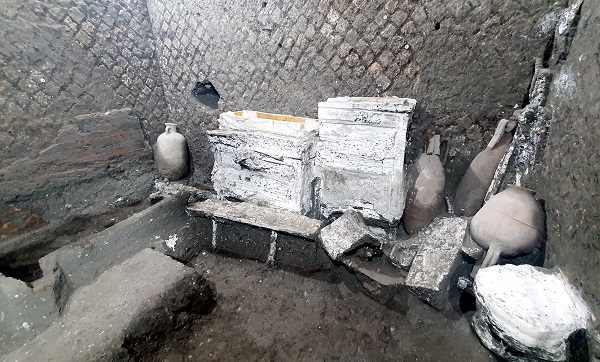
For many, the morning wasn’t just about survival. It was about avoiding punishment. Quiet efficiency was their best protection.
Work and Responsibilities
Not all slaves did the same work. Household slaves served meals and children. Gladiators trained, often with injury. Yes, most gladiators were slaves, far from the glorified and fearsome image that the media portrays them to be. Most were prisoners of war who had no choice but to fight to the death to put food on the table.
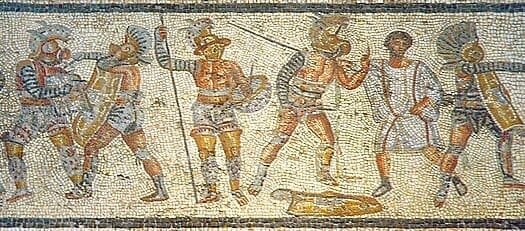
While education flourished in Ancient Rome, tutors weren’t given priority. Most remained slaves, privately employed by rich families to teach the basics of everyday life, reading, and writing.
Slaves were also the backbone of Roman agriculture, particularly on latifundia—the vast estates owned by the elite. These large farms depended on enslaved workers for planting, harvesting, and processing crops.
No matter the job, the reality was the same:
long hours,
few breaks,
and zero personal freedom.
Even minor mistakes could result in beatings or worse.
Some slaves were born into it. Others were prisoners of war or victims of debt. A lucky few could earn or be granted freedom—manumission—but it was rare.
Most spent their lives doing hard labor for the benefit of others. That was Rome’s engine, and it was powered by human backs.
Evening and Sleep
Evenings weren’t restful. There were usually dinner duties, cleanup, or preparations for the next day. Slaves ate after everyone else, if anything was left.
They didn’t own property. They couldn’t legally marry. In many ways, they didn’t legally exist. They were treated as outcasts who deserved no rights or equal treatment. Their lives were consumed by someone else’s needs.
A Roman Empire Tradesman’s Day
Morning Routine
Middle-class Romans—artisans, shopkeepers, or construction workers—had more freedom, but still had to hustle. A typical morning started with bread, cheese, and maybe a few olives. Some get their nourishment from a Thermopolium, the ancient Roman Empire’s version of a fast food restaurant.
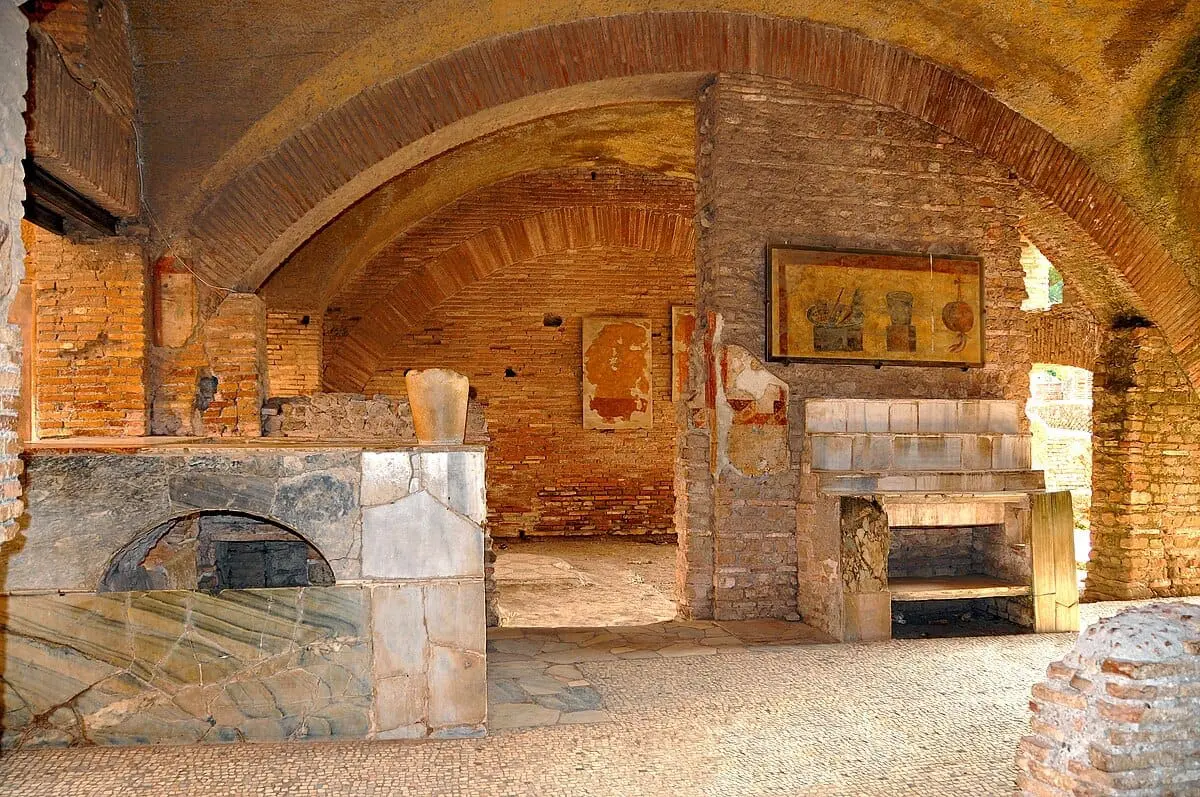
They headed to work early. A blacksmith might walk to his forge. A stonemason might report to a building site. For many families, work was a team effort. Kids and spouses helped run the stall or prep materials.
For the middle-class families who can’t afford tutors, it was the mothers who oversaw the children’s education. The home was considered the wife’s domain, after all.
They wore tunics, kept tools nearby, and juggled small but steady routines. While not rich, they had choices. That alone set them apart from slaves.
Their homes were modest. Some owned tiny houses; others rented cramped apartments called insulae. Fires were common, and running water was rare.
Work and Social Interactions
Tradesmen and artisans formed the backbone of Rome’s economy. They made furniture, shoes, pottery, and jewelry. They sold food, fixed streets, or ran bathhouses. The jobs weren’t glamorous, but they were essential.
These Romans might chat with neighbors, haggle in the market, or gossip at a communal water fountain. Ancient Rome offered a wide range of entertainment options, from theater performances to chariot races at the Circus Maximus, and most famously, events at the Colosseum.
“On days when no spectacles or shows were provided, the Roman filled up the time until supper with strolling or gambling, exercise, or a bath at the thermae.” – Jérôme Carcopino, Daily Ancient Life in Rome (1936)
For many, the dream was to grow the business, maybe buy land, and eventually move up the class ladder. It was hard, but not impossible.
They were citizens.
They had rights.
And unlike slaves, they had tomorrow to plan for.
Day in the Life of an Roman Senator
Morning Routine
Life at the top looked very different. Senators woke up later, often after being dressed and groomed by servants. They dined on meals flavored with imported spices, feasted on a variety of wine selections, and lounged on cushions.
After breakfast, a senator’s day usually begins with a salutatio, where clients came to pay respects in exchange for favors or recommendations. This was a common practice for politicians in the empire.
They wore togas, each fold speaking of status and importance. Their homes were sprawling villas with courtyards, libraries, and private baths.
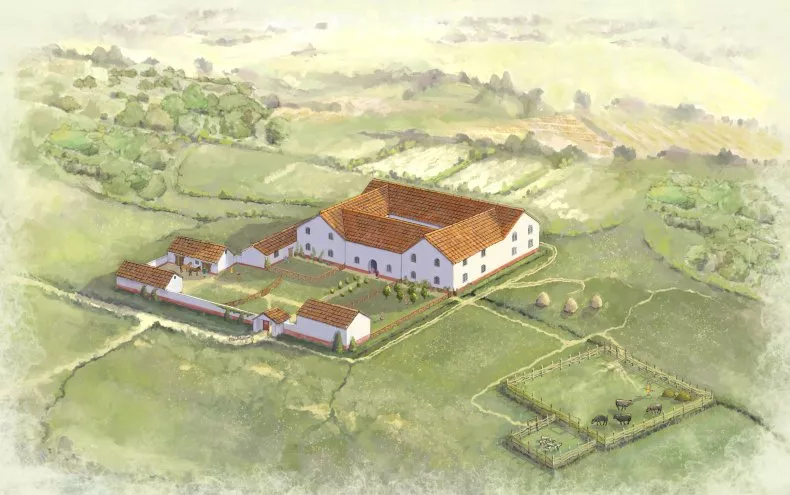
Before noon, they were already exerting influence.
Duties and Leisure
Senators debated laws and shaped Rome’s future. They owned land, ships, and slaves. Some were advisors to the emperor himself.
Afternoons involved estate management, letter writing, and hosting visitors. They didn’t just live in Rome—they ran it.
Power wasn’t a side effect of their work.
It was the point.
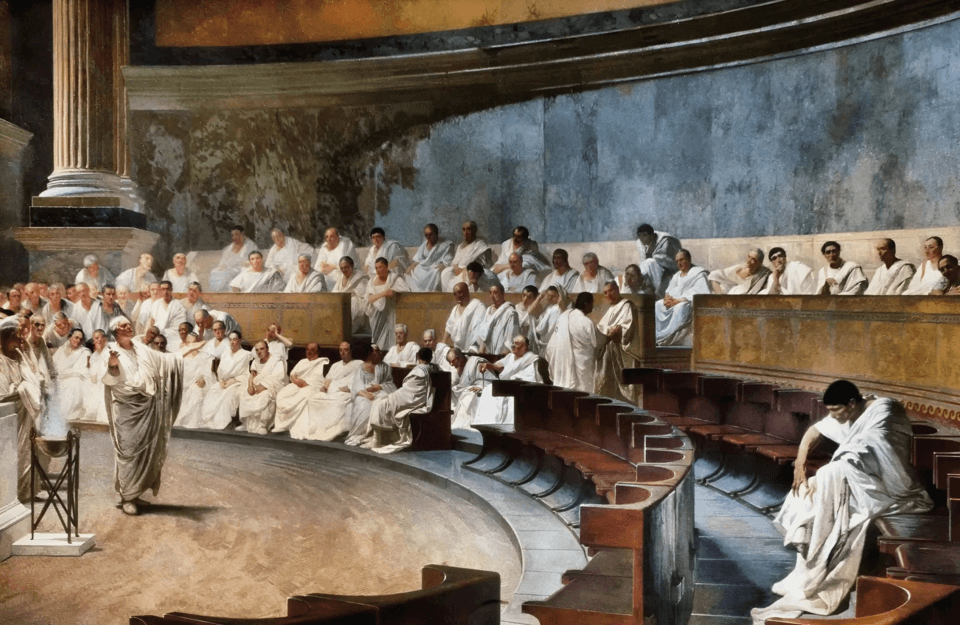
And unlike the middle class, they rarely had to worry about money, food, or housing. That safety and privilege shaped how they saw the world.
Evening and Influence
Nights meant conviviums, or dinner parties filled with food, music, and political scheming. These gatherings were less about meals and more about maneuvering.
Wine flowed freely.
So did opinions.
Philosophers, poets, and generals might share the same couch.
A senator’s evening could influence laws, religion, military campaigns, or imperial appointments. Their power stretched across provinces.
They authored the Roman Empire as we know it today.
However, Rome wasn’t the only empire where politics and religion shaped daily life. If you’re curious how other ancient empires blended religion and power, this visit to Menelik II’s palace and St. George’s Cathedral offers a fascinating look at Ethiopia’s imperial past.
One City, Three Lives: The Real Ancient Rome Unfolds
No two Roman lives were alike. A slave woke up in fear. A tradesman rose with ambition. A senator lounged in marble luxury.
The Roman Empire was complex, layered, and sharply divided. But it wasn’t entirely static. A slave could become a freedman. A merchant could rise to the equestrian class.
Still, daily life reflected Rome’s brutal efficiency. Everything—from where you slept to who you served—was shaped by class.
And the higher you climbed, the more human your life became.
Rome should be remembered not only for its remarkable contributions to the world but also for the countless everyday Romans who helped build the empire from the ground up.
Sources:
Traveling back in time: What was it like to live in ancient Rome? – Big Think


